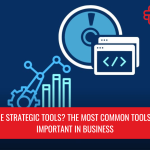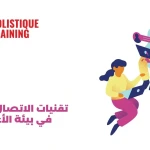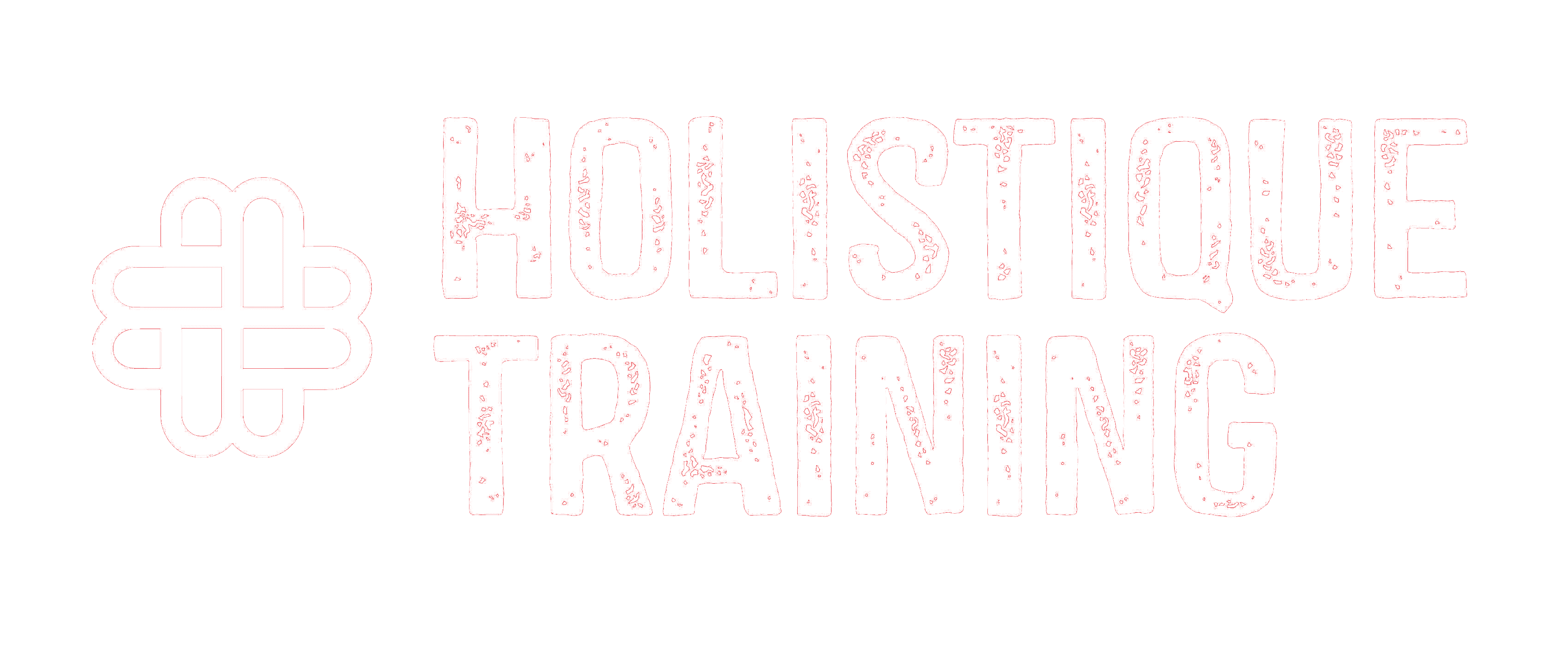- Table of Contents
- Introduction
- How Can Libraries Leverage Digital Tools?
- a) Digital Catalogues and Online Databases
- b) E-books and E-readers
- c) Virtual Libraries and Digital Archives
- d) Remote Learning and Virtual Workshops
- e) Maker Spaces and Technology Labs
- Library Services: Then vs. Now
- a) Information Retrieval
- b) Borrowing and Renewals
- c) Community Engagement
- d) Preservation Efforts
- e) Data Management and Analytics
- Statistics
- Pros and Cons of Digitising Libraries
- a) Pros of Digitalisation
- b) Cons of Digitalisation
- Why Libraries Will Survive in the Digital Age
- a) Preservation of Culture and Heritage
- b) Librarians as Information Guides
- c) Safe Spaces for Learning
- d) Community Connection
- e) Credible Sources
- Conclusion
- One Last Word
Introduction
In the digital age, where information is at our fingertips, libraries are evolving to remain relevant and essential pillars of knowledge. With the advent of digital tools, libraries have transformed their services, adapting to the needs and preferences of a tech-savvy generation. This blog post explores how libraries leverage digital tools, the evolution of library services, the pros and cons of digitising libraries, and why these cultural institutions will continue to thrive in the digital era.
How Can Libraries Leverage Digital Tools?
Libraries have embraced the power of digital technology to revolutionise their offerings and reach wider audiences. Here are some ways they are leveraging digital tools:
a) Digital Catalogues and Online Databases
The transition from traditional card catalogues to sophisticated digital catalogues and online databases marks a significant shift in how libraries organise and provide access to their collections. Digital catalogues eliminate the need for physical space and offer enhanced search functionalities. Users can now explore vast collections of books, journals, and multimedia resources with a few clicks, and the search results can be filtered and sorted based on various criteria, providing a more tailored and efficient user experience. Additionally, these digital catalogues often incorporate metadata and tagging systems, enabling users to discover related materials and explore interdisciplinary connections. Libraries can update information in real-time, ensuring that patrons can always access the most current and relevant resources.
b) E-books and E-readers
Integrating e-books and e-readers into library collections has revolutionised the borrowing experience. Patrons can now access a wide range of digital copies, eliminating issues related to physical availability. This shift not only caters to the preferences of the tech-savvy generation but also promotes inclusivity by accommodating those with visual impairments through features like adjustable font sizes and text-to-speech capabilities. Libraries also explore models like digital lending platforms, where users can borrow ebooks for a specified duration. This not only expands the library's reach but also ensures that popular titles are simultaneously accessible to a broader audience.
c) Virtual Libraries and Digital Archives
Establishing virtual libraries and digital archives represents a leap towards preserving cultural heritage and making it globally accessible. Virtual libraries, often in the form of online portals or platforms, transcend physical boundaries, allowing users from different parts of the world to explore rare manuscripts, historical documents, and cultural artefacts. Digital archives, equipped with advanced preservation technologies, ensure the longevity of delicate materials. Digitisation augments conservation efforts, reducing the need to handle rare and fragile items physically. Moreover, the digital format enables libraries to implement sophisticated search functionalities, making it easier for researchers and enthusiasts to explore and analyse historical materials.
d) Remote Learning and Virtual Workshops
Libraries have expanded their role beyond physical information repositories to become dynamic learning hubs. Integrating remote learning tools, virtual workshops, webinars, and online courses caters to the needs of a diverse audience. This is particularly crucial in an era where lifelong learning is emphasised and individuals seek flexible educational opportunities.
These virtual learning initiatives empower libraries to reach individuals who may not have easy access to physical library locations. Through partnerships with educational institutions and professionals, libraries can offer courses on various topics, further establishing themselves as key players in the knowledge dissemination ecosystem.
e) Maker Spaces and Technology Labs
In response to the maker movement and the increasing importance of technology in education, libraries are creating dedicated spaces for innovation and creation. Maker spaces and technology labs have state-of-the-art tools like 3D printers, coding stations, and robotics kits. These spaces are collaborative environments where patrons can unleash their creativity, experiment with emerging technologies, and engage in hands-on learning experiences. Libraries, in this way, not only provide access to tools that may be financially out of reach for individuals but also foster a sense of community among makers and innovators. Libraries actively engaging in the maker movement are bridging traditional library services and the contemporary need for experiential and practical learning. By providing access to technology, libraries are positioning themselves as facilitators of innovation within their communities.
In summary, integrating these digital tools modernises library services and positions libraries as dynamic and adaptive institutions, actively contributing to the digital evolution of the knowledge landscape.
Library Services: Then vs. Now
Libraries have come a long way from being simple repositories of books. Let's explore the transformation of library services over time:
a) Information Retrieval
Then:
In the past, patrons relied on card catalogues and reference desks for information retrieval. The process involved physically searching through drawers of index cards, each representing a book or resource, and seeking assistance from librarians to locate specific materials.
Now:
Information retrieval has undergone a radical transformation with the advent of digital tools. Patrons can now utilise powerful digital search engines and databases. The process is streamlined, allowing users to search for materials using keywords, titles, authors, or topics, providing quick and efficient access to vast knowledge. Online catalogues offer advanced search options, enabling users to filter results based on various criteria and fostering a more personalised and efficient search experience.
b) Borrowing and Renewals
Then:
Borrowing and renewing items from a library traditionally required in-person visits. Patrons needed to physically go to the library, present their library cards, and complete the borrowing or renewal process at the circulation desk.
Now:
Digitalisation has revolutionised the borrowing and renewal process. Patrons can borrow and renew items online, providing a convenient and efficient experience. Online library systems allow users to manage their accounts, check due dates, and renew materials with just a few clicks. This digital shift enhances accessibility, especially for those who cannot visit the library in person.
Evolutionary Aspect | Traditional Library Services | Modern Digital Library Services |
Information Retrieval | Rely on card catalogues and reference desks | Utilise powerful digital search engines and databases |
Borrowing and Renewals | In-person visits for borrowing and renewals | Online platforms for remote borrowing and renewals |
Community Engagement | Physical gatherings, events, and book clubs | Virtual book clubs, online author talks, and forums |
Preservation Efforts | Stringent measures for rare book preservation | Digital preservation to safeguard historical materials |
Data Management | Manual collection management and record-keeping | Data analytics for personalised services and recommendations |
Table 1: Library services evolution over time
c) Community Engagement
Then:
Traditional libraries served as community centres, providing physical spaces for gatherings, events, and social interactions. Book clubs, author talks, and community forums were primarily conducted within the library's confines.
Now:
Digital platforms have expanded the scope of community engagement. While the essence of community connection remains, virtual book clubs, online author talks, and forums facilitated through social media platforms or dedicated library websites allow libraries to connect with a global audience. The digital approach breaks down geographical barriers, enabling a more inclusive and diverse community engagement.
d) Preservation Efforts
Then:
Preserving rare and delicate books in the past demanded stringent measures. Libraries had to control environmental conditions, implement careful handling procedures, and invest in specialised preservation techniques to ensure the longevity of valuable materials.
Now:
Digital preservation is a key strategy for protecting rare and delicate books. Through digitisation efforts, libraries can create high-quality digital copies of fragile manuscripts and historical documents. These digital archives preserve the content and reduce the need for physical handling, minimising the risk of damage over time. Additionally, digital formats allow for widespread dissemination, making historical materials accessible globally.
e) Data Management and Analytics
Then:
Traditional libraries relied on manual methods for collection management, often utilising card catalogues and manual records. Understanding user preferences and optimising services was a labour-intensive process.
Now:
Modern libraries leverage data analytics to gain insights into user behaviour, preferences, and trends. Digital systems track borrowing patterns, popular genres, and user interactions, allowing libraries to make data-driven decisions. Analytics also enable libraries to curate personalised recommendations for patrons, enhancing the overall user experience. This shift towards data-driven approaches contributes to the efficiency and relevance of library services in the digital age. In essence, the evolution of library services reflects a transition from manual and physical processes to streamlined, digital, and user-centric approaches. Integrating digital tools enhances efficiency and broadens the reach and impact of library services in an increasingly connected and technologically advanced society.
Statistics
Over the past three years, digitisation activities have been undertaken by over 37.6% of libraries, according to OCLC. Alongside the usual obstacles of time and ongoing funding, a significant 61.4% of libraries pointed out inadequate staff training and expertise as a major hindrance to their digitisation endeavours.
This data indicates that many libraries have embraced digitisation activities in recent years. However, it also highlights their challenges, particularly regarding staff training and expertise. Insufficiently trained staff can hinder the successful implementation of digitisation efforts, potentially limiting the full potential of these initiatives. Addressing this barrier is essential for libraries to effectively leverage digital tools and enhance their services in the digital age.
Pros and Cons of Digitising Libraries
As with any significant transformation, digitising libraries has its advantages and disadvantages:
a) Pros of Digitalisation
i) Increased Accessibility
Digital libraries, accessible 24/7, transcend geographical barriers and time zones, offering unparalleled access to a wealth of information. This heightened accessibility benefits local communities and extends the reach of libraries globally. Users can engage with library resources conveniently, fostering continuous learning and research.
ii) Cost-Efficiency
In addition to reducing physical storage and maintenance costs, digital collections enable libraries to allocate resources more efficiently. The cost-effectiveness of digital libraries allows institutions to reallocate funds to other crucial aspects, such as expanding digital collections, upgrading technology infrastructure, or enhancing user services.
iii) Eco-Friendly
Beyond cost savings, adopting digital resources aligns with environmental sustainability goals. Digitisation significantly reduces paper waste associated with traditional libraries, contributing to ecological conservation. The eco-friendly aspect of digital libraries resonates with environmentally conscious patrons and positions libraries as contributors to broader sustainability initiatives.
iv) Enhanced Search and Navigation
Digital catalogues facilitate quick and accurate searches and provide users with advanced navigation tools. Features like hyperlinked indexes, cross-referencing, and embedded metadata enhance the user experience. This saves time and empowers patrons to discover related materials, fostering a more comprehensive exploration of knowledge.
b) Cons of Digitalisation
i) Digital Divide
The digital transformation of libraries introduces a potential information gap, as not everyone has equal access to digital technology. In fact, approximately 2.9 billion individuals globally, accounting for around 37% of the population, notably women and girls, lack access to phones, computers, or the internet, according to Wilson Center. This divide can exclude certain demographics, particularly those in underserved or economically disadvantaged communities, from reaping the benefits of digital libraries. Libraries must actively address this issue through targeted outreach programmes and initiatives to bridge the digital divide.

ii) Loss of Tangibility
While digital resources offer unparalleled convenience, some individuals still cherish the sensory experience of holding a physical book. The tactile connection with a tangible book, the smell of printed pages, and the visual satisfaction of a well-designed cover contribute to the unique joy of reading. Recognising and addressing the emotional attachment to physical books is crucial as libraries navigate the transition to digital formats.
iii) Copyright and Licensing
The digitisation of library materials often introduces complex copyright and licensing issues. Navigating the legal landscape surrounding digital content can be challenging, affecting usage rights and accessibility. Libraries must invest in legal expertise to ensure compliance with copyright laws, negotiate favourable licensing agreements, and advocate for a balance that respects intellectual property rights while promoting open access to knowledge.
The pros and cons of digitising libraries highlight the multifaceted nature of this transformative process. While digital libraries bring unprecedented accessibility and efficiency, challenges such as the digital divide and legal complexities necessitate careful consideration and strategic planning for a seamless transition to the digital era.
Why Libraries Will Survive in the Digital Age
While the digital age challenges libraries, their significance is not diminished. Here are compelling reasons why libraries will endure:
a) Preservation of Culture and Heritage
Libraries play a crucial role as custodians of cultural heritage, ensuring that valuable artefacts, manuscripts, and historical documents are preserved for future generations. The digitisation of archives enhances these preservation efforts by creating secure and accessible repositories for rare materials. Libraries act as guardians of the past, providing a tangible link to history and culture and reinforcing their enduring significance in the digital age.
b) Librarians as Information Guides
In the digital era, where information overload is a common challenge, librarians have become even more essential as information specialists. A Pew Research Center report, as cited by Think Progress, showed that approximately 70% of individuals who haven't visited a library themselves know someone who believes that libraries are crucial for promoting literacy, reading, and providing opportunities for success. Trained librarians can navigate the vast sea of digital information, helping users discern credible sources, fact-check information, and develop critical thinking skills. The personalised guidance provided by librarians ensures that patrons can confidently navigate the digital landscape, fostering a culture of accuracy, reliability, and responsible information consumption.
c) Safe Spaces for Learning
Libraries offer physical spaces that transcend the digital realm, providing quiet and safe environments for reading, studying, and learning. In an era where digital distractions abound, the library's role as a sanctuary for focused intellectual pursuits becomes increasingly important. The library's physical space remains a haven for individuals seeking uninterrupted learning experiences, contributing to the community's overall well-being.
d) Community Connection
The Pew report mentioned earlier also showed that 64% of Americans assert that libraries enhance the quality of life in communities. Libraries serve as hubs for community engagement, offering spaces for social connections, educational programmes, and cultural events. The sense of community libraries foster goes beyond the digital interactions prevalent in the online world. Physical library spaces facilitate face-to-face interactions, book clubs, workshops, and events, contributing to a vibrant and connected community. The tangible connections formed in libraries underscore their enduring role as community anchors.
e) Credible Sources
In an era marked by the proliferation of misinformation on the internet, libraries stand as bastions of reliability. Librarians curate collections from reputable sources, ensuring the authenticity and accuracy of the information available. The vetting process undertaken by libraries helps counter the spread of misinformation, making them trusted repositories of knowledge in an age where discerning credible sources is crucial.
In summary, libraries' enduring value in the digital age is grounded in their multifaceted role as preservers of culture, information guides, providers of safe learning spaces, community hubs, and curators of credible sources. As technology advances, libraries will adapt to new challenges, ensuring they remain vital pillars of society, bridging the gap between the past, present, and future. Their resilience lies in their ability to balance traditional values with contemporary needs, creating a dynamic and lasting impact on communities.
Conclusion
In conclusion, libraries in the digital age have undergone significant transformations while preserving their core essence. Integrating digital tools has expanded their reach and offerings, making knowledge more accessible and personalised. While digitising libraries has pros and cons, their enduring value lies in their dedication to preserving culture, promoting education, and fostering community connections. Libraries are not merely information repositories; they remain essential guides and custodians of knowledge in the ever-evolving digital landscape. As technology advances, libraries will continue to adapt, ensuring they remain vital pillars of society, bridging the gap between the past, present, and future.
Whether you’re a business owner, project manager, or filing and administration personnel, you will need a managed documentation system that contains accurate and up-to-date information on company values and policies, provides a central place for employees to receive training and keeps records of customer and client information to expand and grow while maintaining good service, that’s why it’s important to know the techniques needed to build and manage an e-library. This is where our course, ‘Effective E-library Management Techniques’ comes in. Check it out and contact us if you have any enquiries.




















